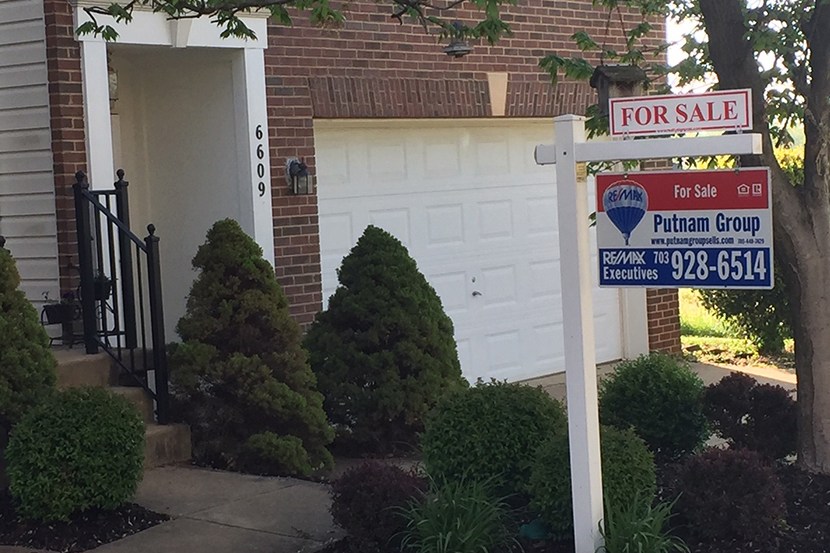
Home Sellers Increasingly Hold Upper Hand

Zillow, Seattle, said sellers expanded their advantage in July as market forces continued to work in their favor.
Buyers outnumbered sellers and snapped up homes at a record pace last month, Zillow reported.
“This spring’s housing soft patch is receding in the rearview mirror as we get a clear picture of robust demand meeting remarkably low supply,” said Zillow Economist Jeff Tucker. “Record-low mortgage rates and a record-high number of people in their early 30s are combining to fuel first-time buyer demand.”
Last week, the Mortgage Bankers Association upped its 2020 originations forecast to $2.986 trillion. MBA now expects purchase market originations to hit $1.34 trillion in 2020, the highest level since 2006. The forecast calls for refinance originations to reach 1.646 trillion.
Tucker said home builders are racing to meet demand, but supply remains well behind what’s needed. “This lack of inventory, along with forbearance terms keeping unemployed homeowners in their homes, stands in stark contrast to the Great Recession, when excess supply and distressed sales brought down home values,” he said.
Zillow said the for-sale housing market is “red hot” despite enormous job losses across the country. Home values have climbed steadily as a result. The typical home value was $253,527 in July, a 4.5 percent year-over-year increase–the fastest pace of growth since May 2019. Annual home value growth accelerated from June in 42 of the 50 largest U.S. metros, led by San Jose, Calif. (up 2.1 percentage points) and Hartford, Conn. (up 0.8 percentage points).
Homes sold in July typically went under contract after 16 days, two days faster than the previous monthly low in Zillow data that date back to January 2018. Month-over-month home value growth jumped from 0.4 percent in June to 0.48 percent in July, the biggest one-month acceleration since 2012.
Zillow said home value appreciation could slow to 3.6 percent over the next year from the 4.5 percent pace seen in July. In the short term, Zillow’s updated forecast is now more optimistic toward continued home value growth than previous releases. But the likelihood of pessimistic scenarios–defined by persistent unemployment, mass evictions and foreclosures and an enduring spread of the virus–has increased in recent months, and that is reflected in the longer-term forecast slowdown in home value appreciation in Zillow’s probability-weighted model.
“While the housing market has so far sailed through the headwind of high unemployment, risks remain,” Tucker said. “A slow economic recovery that keeps millions of Americans looking for work could dampen home buying demand and may even lead to a wave of foreclosures when forbearance expires.” He added this pessimistic possible outcome for 2021 caused Zillow’s price forecast to “shade down a bit.”
